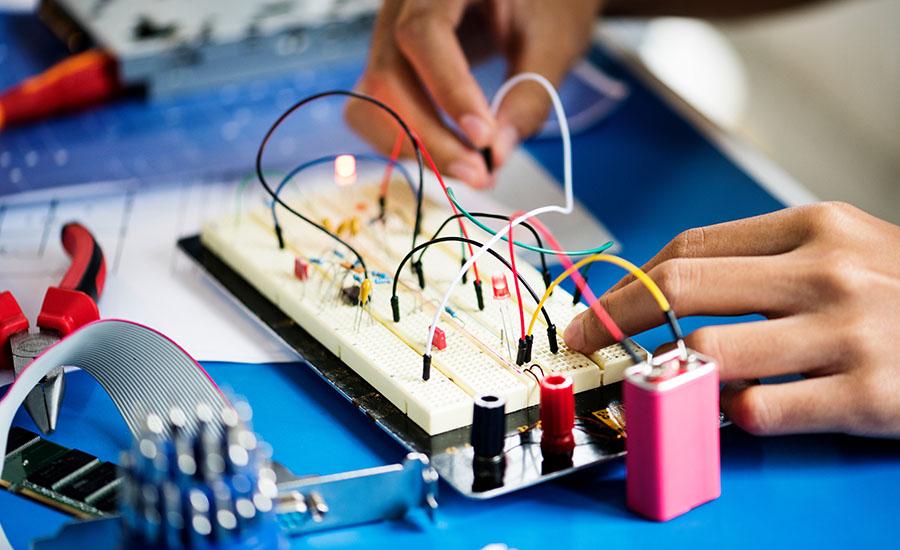Lesson plan integrating Arizona Science and ELA standards for comparing and researching animal cells and plant cells, followed by a creative video project where students personify the parts of a
Using my backyard chickens as inspiration, this 5th grade lesson asks children to graph egg production and build a model of a chicken coop and run.
This lesson was developed to spark student interest with a game component while learning to use the features in productivity applications. The focus is on learning the applications and process of game
Students learn about the chemistry that exists in some of the world's oldest surviving paintings. This lesson is the final part of a 3 part painting series, and focuses on binding agents in paint
In this hands-on STEM lesson, students will have the opportunity to explore light and color theory by building their own adjustable color mixing circuit with an RGB LED. Variable resistors will allow
Upon completion of this lesson, the student should know: • The relationship between Bernoulli's Principle and Newton’s Laws of Motion and how they were used to develop a machine that could fly. • The
Structured activities to support learning up Quantum Model as improvement over traditional "solar system" atomic model, or Bohr's atomic model. Students learn to relate Quantum numbers to describe
This lesson was developed to spark student interest with a game component while learning to use the features in productivity applications and Canva. The focus is on learning the applications and
Student learn to code robots using VEXs free VEX VR code.
This four lesson unit helps students explore the steps involved in the initial building of a new school: selecting a site based on the boundary and size of the land and then explores light energy and

This is the part one of the composting lesson that is aligned to the ELA standards of narrative reading and writing. In this lesson, students build their experiences by preparing the bucket composters
This is the part 2 of composting lesson aligned to narrative writing. In this lesson, students embark in the experience of observing the decomposition process of the materials, identifying the factors
After becoming familiar with the factors that affect lift from the previous Flight Basics lesson and going over key weather concepts from this lesson, students will be expected to make a device to
This lesson introduces students to TinkerCAD and has them create simple shapes that measure at a given ratio. The students then print and measure their design to see how close they were able to get to
Flying High: Airplane Design
Students get to investigate how energy transfers using different phenomena. They practice using a Colorado PhET simulation on the differences between potential and kinetic energy. Students will
It can be challenging to sort through the various robot options out in the market for educators. This lesson is for educators who have used robots or are new to using robots. The intention is to use
Students will understand the concept of levers as simple machines and will identify and classify everyday objects as levers. Students will apply basic mathematical concepts to measure and compare the
In this lesson designed for 7th grade, students will explore increasing and decreasing magnetic field of electromagnets by changing the iron core, wire gauge, or wire coils to determine which variable
The investigation focuses on exploring the impact of hose length on water flow rate in a solar-powered pump system. Students will set up a simple experiment using a solar pump connected to hoses of
Students will read and respond to the story, I Am Not Just A Scribble by Diane Alber. Students will work with a peer or small groups to build a ScribbleBot using renewable materials and two AA
Featured Lesson Plans
Check out these notable lesson plans.

In this outstanding lesson, students will explore circuitry through working collaboratively to build a working floor piano out of simple materials. Students explore the engineering design process by

STEM in the Garden- Wild Bee Hotel
Third grade students will apply their knowledge of the significance of bee pollination by designing and creating a Wild Bee Hotel in a collaborative group which will incorporate literacy, mathematical

In this outstanding lesson, students will apply their knowledge of how natural and human-caused changes to habitats or climate can impact our world in a stop motion film. The lesson covers a Science


